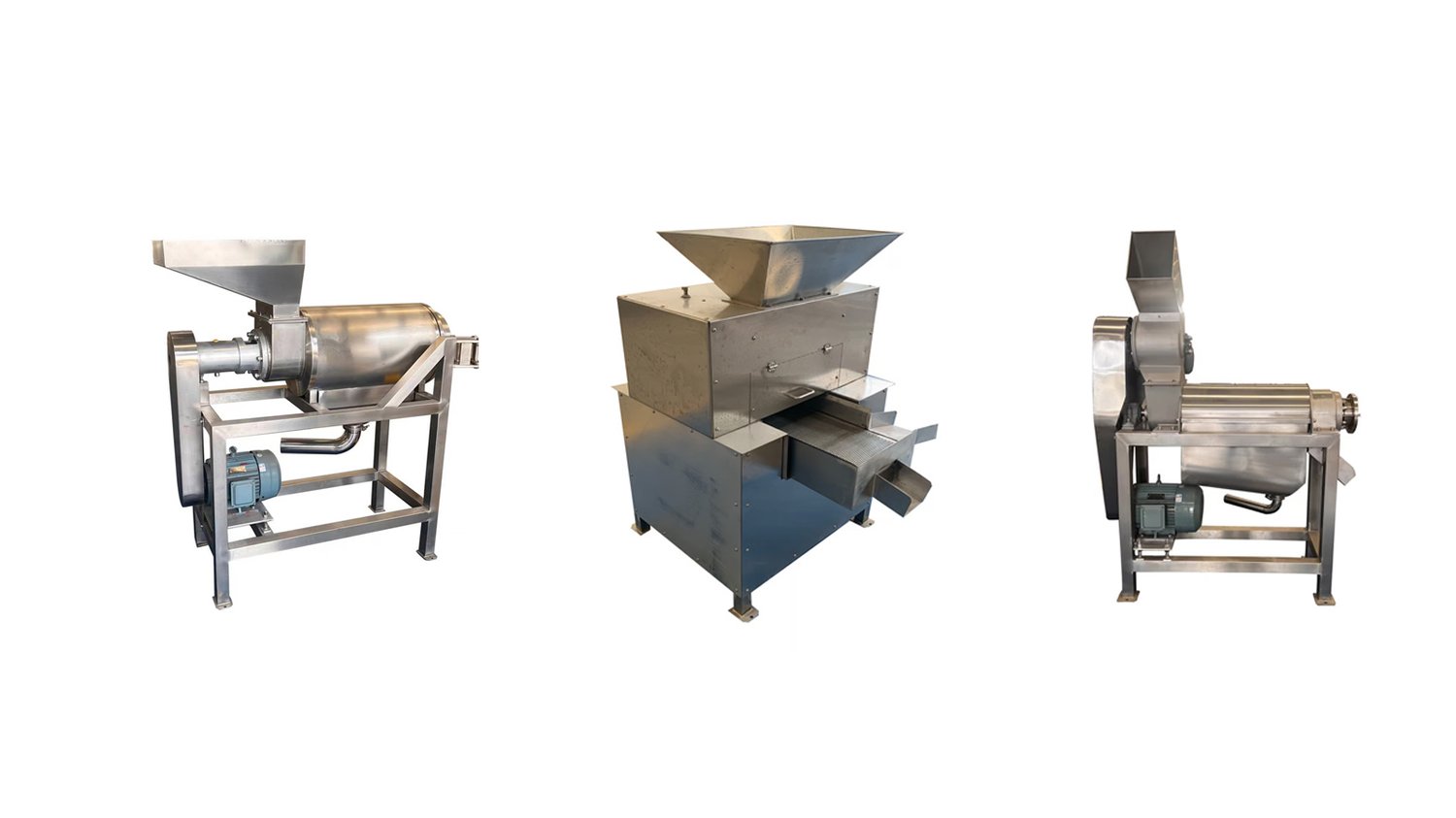Benefits of Material Durability
When it comes to choosing materials for construction or manufacturing, durability is an essential factor to consider. Durable materials have a longer lifespan, reducing the need for frequent replacements and repairs. This not only saves resources but also reduces the environmental impact of constantly producing new materials.
Ensuring Safety in Design
In addition to durability, safety is a critical aspect that should never be compromised. Using materials that are safe for their intended purpose can prevent accidents and injuries. Whether it's in buildings, vehicles, or consumer products, safety should always be a top priority.
Materials for High-Traffic Areas
In high-traffic areas such as airports, train stations, or shopping malls, durability is key. Materials that can withstand heavy foot traffic or frequent use without deteriorating are essential. Additionally, safety features such as slip-resistant surfaces can help prevent accidents in these busy environments.
Impact of UV Exposure
Exposure to ultraviolet (UV) radiation can degrade materials over time, compromising their durability and safety. When choosing materials for outdoor applications, it's important to select ones that have UV-resistant properties. This can help prolong their lifespan and maintain their safety features.
Fire Safety Regulations
Fire safety is a crucial concern in many industries, especially construction. Using materials that are fire-resistant or have low flammability can help prevent the spread of fires and protect lives. Adhering to fire safety regulations and standards is essential for ensuring the safety of occupants.
Chemical Resistance in Materials
Certain industries, such as manufacturing or healthcare, require materials that are resistant to chemicals or corrosion. Using chemically resistant materials ensures that equipment and structures remain safe and operational in these environments. Regular inspections and maintenance can help identify any signs of chemical damage.
Impact of Water Exposure
Water exposure can weaken materials over time, leading to issues such as rust, mold, or decay. Choosing materials that are water-resistant or waterproof is essential in environments with high humidity or moisture levels. Proper drainage and maintenance can also help prevent water-related damage.
Ensuring Structural Integrity
In construction and engineering, the durability of materials directly impacts the structural integrity of buildings and infrastructure. Using materials that can withstand environmental factors such as wind, earthquakes, or temperature fluctuations is essential for ensuring the safety of occupants and the longevity of structures.
Impact of Wear and Tear
Regular use and maintenance can cause wear and tear on materials over time. Choosing materials that are designed to withstand heavy usage and are easy to maintain can help prolong their lifespan. Implementing a preventive maintenance program can also help identify and address any signs of deterioration.
Choosing Sustainable Materials
In addition to durability and safety, sustainability is becoming an increasingly important factor in material selection. Choosing materials that are eco-friendly, recyclable, or energy-efficient can help reduce the environmental impact of a project. Sustainable materials can also contribute to a healthier indoor environment for occupants.
Quote Inquiry
contact us

